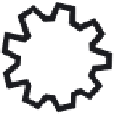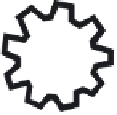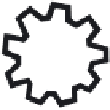Agriculture Reference
In-Depth Information
Table 14.1
Three perspectives encountered in different social science discourses (after Röling
2004)
Perspectie
Goernment-drien
Market-drien
Community-drien
Rural policy practice (Rob
Schrauwen pers. comm.,
2005)
Regulating
Compensating
Stimulating
Rationalities (Habermas 1984)
Instrumental
Strategic
Communicative
Bases for individual behaviour
change (Kelman 1969)
Compliance
Identification
Internalisation
Preferred ways of arranging
human affairs (Hood 1998
A
)
Hierarchy
Individualism
Egalitarianism
Organisational coordination
mechanisms (Powell 1994)
Hierarchy
Market
Network
Causes of 'wealth of nations'
(Bowles and Gintis 2002)
Resources (such as
power or access to
natural resources)
Invisible hand of
market forces
Social capital, trust,
community
Signification,
communication
A
Reference from the original table: Hood's work is based on Mary Douglas' cultural theory. Mary Douglas discerns a
fourth dimension, fatalism, where the sense of belonging to a group is weak, but the domination by rules is strong.
Institutionalisation (Giddens
1984)
Domination,
legitimation
Liberalisation,
persuasion
A framework for approaching social responsibility in organic
agriculture
This Chapter draws on the work of Niels Röling (2004) (Table 14.1). The three 'ways of getting
things done' (Röling 2004) are modified to illustrate the current and envisioned options for
social responsibility within organic agriculture. Röling distinguishes several change perspec-
tives that arise in the social sciences, drawing out similarities in the approaches. The first per-
spective emphasises hierarchy and (government) authority, and employs an instrumental
approach that includes compliance to regulations. The second perspective puts emphasis on
on market forces, economic incentives and compensation, and employs a rational choice
approach with strategic underpinnings. The third perspective relies more on learning, stimu-
lating change, internalising concepts and building social capital and action among equals.
The three dimensions discussed in this Chapter are represented in Figure 14.2: learning,
collaboration and regulation. The three dimensions are complementary but distinctive, relying
on diverse coordination mechanisms, motives and motivations. Learning is a stimulating
approach and regulation provides a framework, while collaboration entails communication
with other stakeholders (organisations), recognising available expertise and building relation-
Regulation
Collaboration
Learning
Figure 14.2
An integrative approach towards fostering social responsibility in the organic sector.















